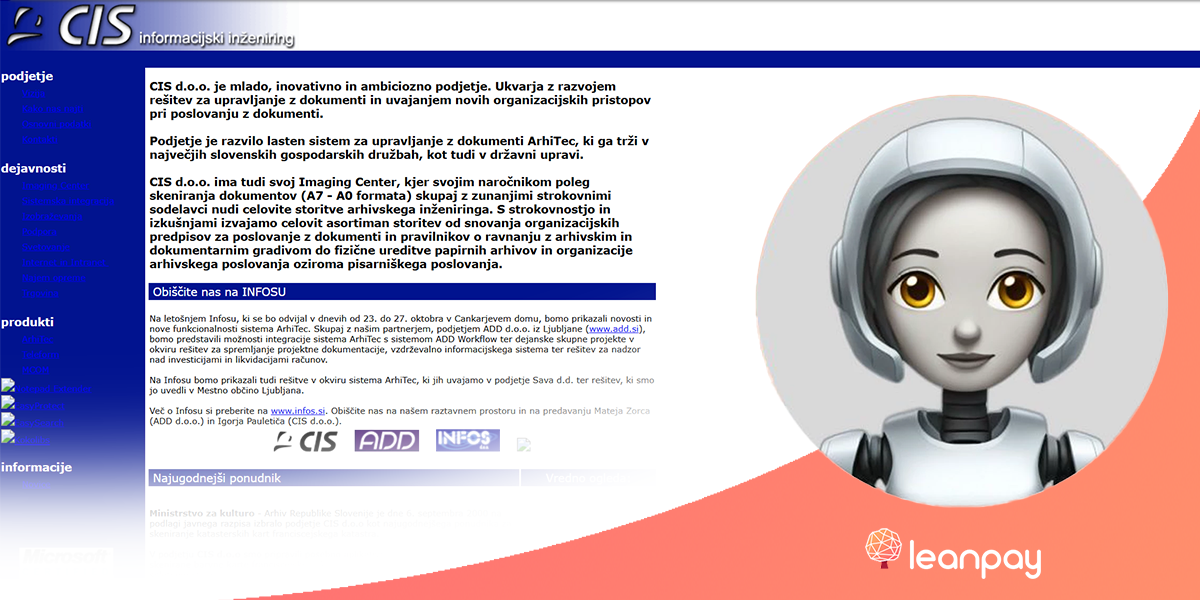Hearing "NO" Isn't the Problem—A Bad RFP Is

"NO" is the second-best answer a salesperson can get. What’s truly frustrating is being told to wait—especially when there’s no clear timeline. You know how it is: I have to log a follow-up reminder in my CRM, figure out the right time to reach out again, and know exactly what to ask. My boss expects a report on when deals will close. I need a constant view of what I can wrap up by the end of the week, month, or quarter.
When the boss asks, "Where are our ships?", what they really mean is: Which deals are about to close? What's the product, the value, and the timeline?
In this context, a clear "NO" is actually a relief. It allows you to move on and start writing the next chapter.
A Book About "NOs" and Salespeople’s Excuses
After nearly 30 years in sales, I’ve heard my fair share of "NOs." If I ever write another book, it will probably be a collection of the most bizarre rejections I’ve encountered—less of a sales handbook, more of a compilation of amusing stories and anecdotes.
I could also include a list of the most creative excuses my colleagues have used to justify why they didn’t close a deal. Like when someone realizes—after a whole year of working a lead—that the prospect wasn’t a good fit anyway and that we should be glad we didn’t win the deal.
I can count on one hand the number of times a salesperson has admitted to making a mistake—including my own blunders. It’s just how we are. Maybe it's a defense mechanism, something that helps us stay motivated despite all the rejection.
But my all-time favorite excuse? "I’m not even sure they understand what they actually need." That one is pure gold—it lets salespeople feel like they did everything right.
When the Decision Is Already Made
Over time, you develop thick skin. You learn not to take it personally when a "prospect"—who was never really a prospect—just uses you for their own agenda.
You know the situation: "We need one more quote. Ideally, it should be higher than Stefan’s, since we've already agreed he’ll sponsor the soccer team where the boss’s son plays."
No hard feelings—I get it. I’ll even help by submitting a competing offer. But let’s at least be honest with each other. Creating a proposal that won’t even be considered is much easier and faster than crafting a serious one, which requires me to pull half my execution team away from their work to calculate costs, check availability, negotiate discounts, and set up reference visits.
If I can skip all that and just help someone check a procurement box, I’m happy to do it. Just be upfront about it. We’ll all save a ton of time.
The "Just Looking" Customers
Then there are the companies that say, "Let’s explore the market." They pretend they’re in a buying process, but they’re really just gathering information—learning through vendor presentations and free discovery workshops.
In Slovenia—and across the Balkans—this is just part of business culture. Companies embarking on major CX transformations rarely hire consultants to help them scope the project properly.
I can usually spot these "just looking" customers, but it still frustrates me when they aren’t upfront about it. When we sense sincerity, we’re always willing to go the extra mile.
The Real Problem: A Bad RFP
Everything I’ve described so far is just another day in sales. We accept it, the way a mail carrier accepts rainy days.
But one thing always gets under my skin: an RFP that lumps together fundamentally different solutions.
Take this classic scenario:
- FrodX is invited to bid on a full-scale project—including services and an enterprise marketing platform like Emarsys with a €100,000 annual subscription.
- Meanwhile, a freelancer can submit a proposal using Brevo or Klaviyo for just €10,000.
When you have two wildly different proposals like this, the difference isn’t just price. It means the buyer has mixed apples and oranges.
A proper RFP should be structured so that vendors submit comparable offers. If you receive bids that vary this drastically, the problem started with your RFP.
When you’re buying a car, you don’t ask for quotes on both a Renault Captur and a BMW X5 and then compare them side by side. Right?
Asking the Right Questions When Choosing CX & Martech Solutions
Companies should first define their business objectives. Only then can they properly outline their needs and ask the right questions when selecting marketing technology—avoiding poor decisions and irrelevant comparisons while increasing ROI and reducing risk.
One would expect industry associations to step in and create sample RFP templates or at least a guide on how to navigate martech procurement properly. But too often, they do the exact opposite—because they rely heavily on sponsorship money, their market reviews sometimes seem amateurish and contribute to the very problem of comparing apples and oranges.
Since no one else is tackling this, we at FrodX decided to create our own guide. Sure, it would carry more weight if it were endorsed by an industry body or even one of our competitors. But regardless, this is our contribution—to help the industry operate more effectively in the regions where we do business and to ensure companies make smarter investments in martech and execution projects.
Check it out—maybe it can help you, too. And I’d love to hear your thoughts: What did you find useful? What made you roll your eyes?
Download our latest guide: Revamping Your Marketing Technology: A Strategic Guide to Crafting an Effective RFP.
.jpg)

